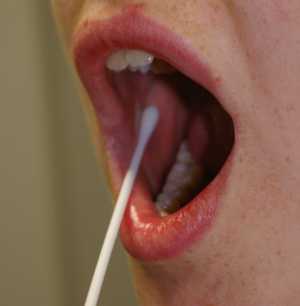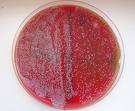College student Amit Gupta has just under 28 days left to find a suitable bone marrow donor to combat the Leukemia threatening his life by getting people to get a cheek swab to test for compatibility at http://amitguptaneedsyou.com/
Because South Asians (Indians , Pakistanis, Nepali etc.) are so sparsely represented in the donor pool a unique all-out drive has begun to beat the clock and the disease.
“Leukemia is a word no one wants to hear. It is a type of cancer that starts inside your bone marrow. Amit Gupta has it, and his survival is 30% to 35%. A bone marrow match would double his survival. people are severely under reported in the donor pool including other minorities. finding a perfect match are about one in 20,000. Amit has been using social media to get the word out and reach potential donors. ” Dr. Sanjay Gupta from CNN, USA. http://on.cnn.com/sELFzT
The nature of Acute Leukemia is it’s swift and often unheralded, undiagnosed onset. Amit had been feeling worn out and was losing weight, and wasn’t sure why. After an exam and some lab work his doctor called and was brief, “Amit, you’ve got Acute Leukemia. You need to enter treatment right away.” Within hours he was hospitalized and the race had begun.
“I have a couple more months of chemo to go, then the next step is a bone marrow transplant. South Asians are severely under-represented in the bone marrow pool, and I need help,” Amit said.
Unlike blood transfusions, finding a genetic match for bone marrow that his body will accept is no easy task. The national bone marrow registry has 9.5 million records on file, yet the chances of someone from South Asian descent of finding a match are only 1 in 20,000.
Amit started the photo websites Photojojo and Jelly. Both sites have galvanized into action with “Swab for Amit” gatherings, making calls to South Asian clubs and putting out the word all over the Internet.
A few ways to help:
- If you’re South Asian, get a free test by mail. You rub your cheeks with a cotton swab and mail it back. It’s easy.
- Anyone who is South Asian (India, Pakistan, Bangladesh, Nepal, Bhutan, Maldives, or Sri Lanka), please point them to http://amitguptaneedsyou.com/
Students have organized a donor drive by contacting 100kcheeks@gmail.com. They sent kits, flyers, information and made the whole process easy. From NYC to San Francisco from the UK to India strangers are participating to help find a donor and save Amit’s life and eventually help others.



